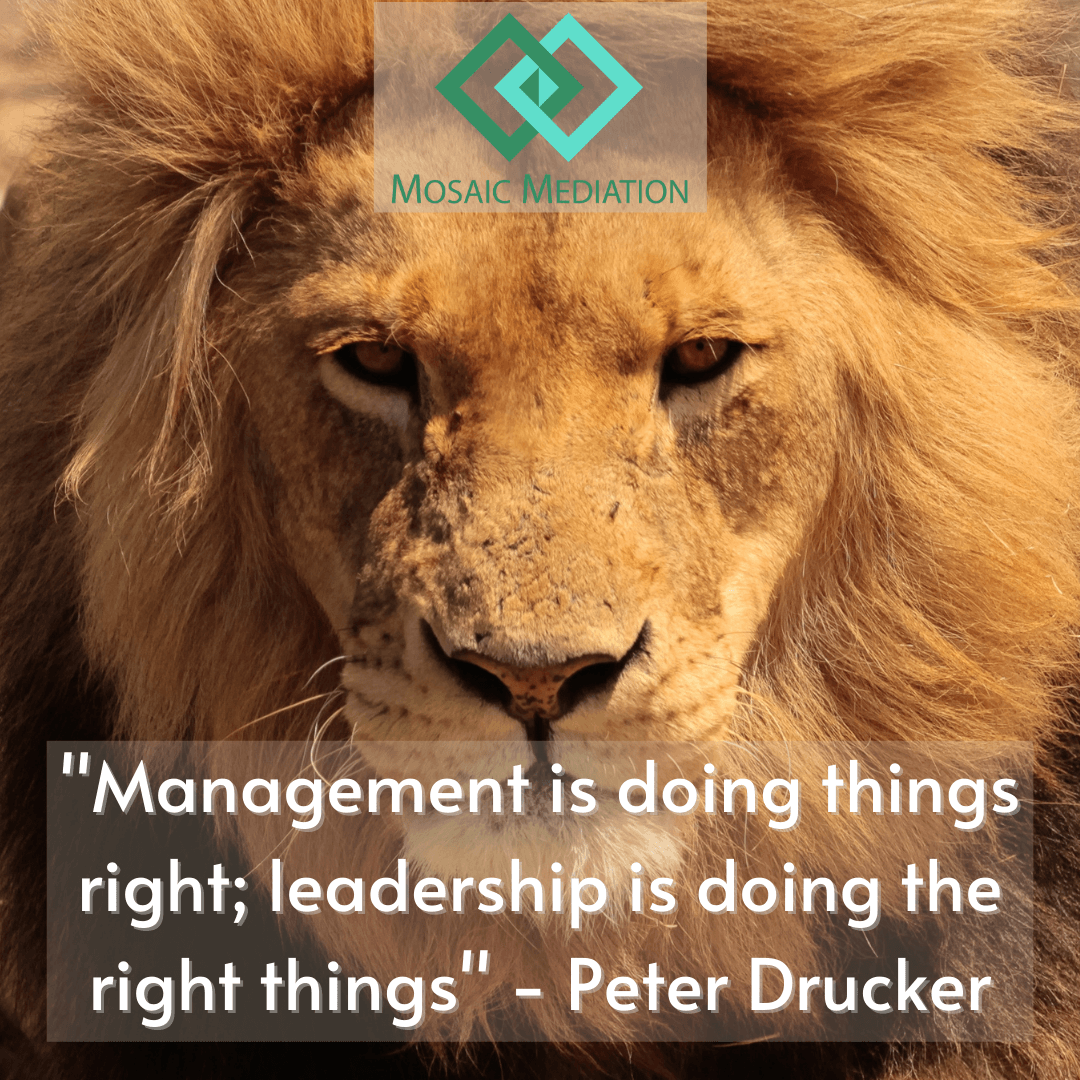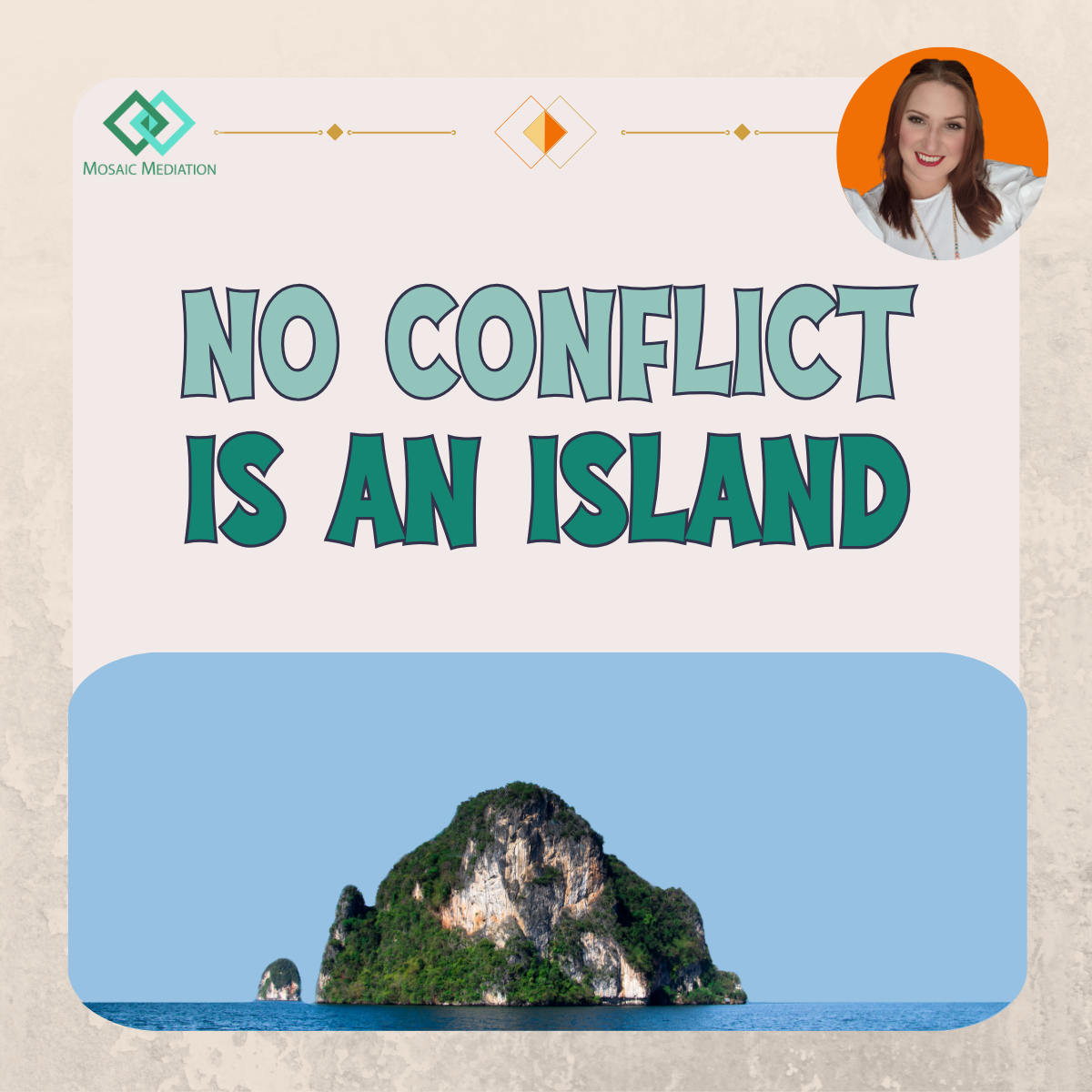When is a Manager NOT a Leader?
Tips on how to prevent a leader from avoiding issues or micromanaging

To me this suggests that leadership is not just about ‘checking the box’ of tasks to be done around management, but on applying the principle of ensuring that what you do as a leader is the right thing to do – for your people, your organisation and you.
Is there just ONE style of good management?
Another obstacle to effective management is the societal stereotype of what a manager should be like. A view that every team, department and organisation would require and benefit from the same type of person – a view which I personally and professionally would heartily disagree with.
And, just as I believe that it is important to not have a fixed view of what a leader looks or acts like, so too do I believe it is important to teach a leader to adapt to the different needs, styles and approaches of their team members too.
Rather than requiring specific approaches, personality types or standard of experience, instead I would advocate for a leader being equipped with a toolkit of techniques and aiming to operate in line with certain principles of leadership. To have a leader which would be able to effectively lead the specific people in their team, in that organisation.
These techniques could be applied then to the various – and often unique – scenarios that lands on the desk of someone who manages people. They would equip the people manager when dealing with conflict, performance issues, team dynamics, difficult decisions and giving feedback.
The principles would be around how to care for their team whilst also ensuring that they operate productively too. The three principles that I focused on in my ‘The People Manager’ course are: kindness, clarity and confidence.
Based on my experience as a workplace mediator and conflict coach if a leader is kind, then their people will feel supported and able to approach them with questions and concerns.
If a leader is clear in their communication, then expectations will be clear, conversations will be beneficial and assumptions or misunderstandings will be significantly reduced.
If a leader is confident, they will feel more able to trust their team and their own judgement; and their team will feel able to rely upon them for guidance.
When a leader is given the tools to adapt to their team members, to manage conflict effectively, and how to effectively apply the principles of being kind, clear and confident, then the risk of them resorting to micro-management or avoiding issues is significantly lessened.
So, if there are managers in your organisation who are stumbling in a few areas of people management, it may be worth identifying whether there are any gaps in their skills, knowledge or confidence. Once identified, productive action can then be taken to develop them as leaders and leave room for the possibility of them actually becoming pretty great at it.
So, in answer to my original question – When is a manager not a leader? – In my experience that would be when they are acting out of fear, uncertainty or unproductive self-validation, rather than being equipped with the skills, knowledge and confidence to do the right thing for their team, their organisation and them.
There are lots of training courses, coaching packages and leadership development tools out there which could be used to equip your people managers. If you are interested in ‘The People Manager: Leading with Kindness, Clarity and Confidence’ as an e-learning or live training course, then click HERE for more details. For more information on the other services that Mosaic Mediation provides to organisations, including mediation, conflict coaching, training and DISC profiling, then click HERE.
Emma Jenkings is a qualified mediator, conflict coach and trainer in communication skills, specialising in workplace disputes. She set up Mosaic Mediation in 2016 for the purpose of helping individuals and organisations have more peaceful, positive and productive relationships.











